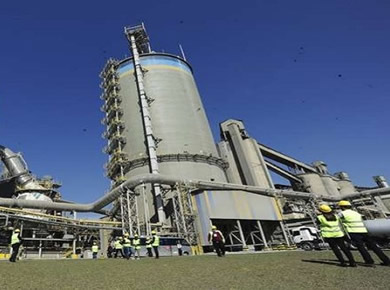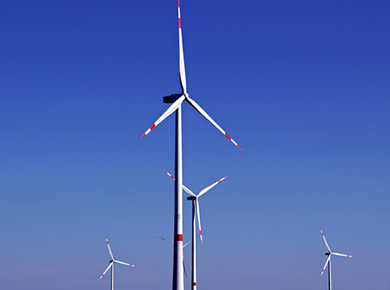A quick look at the Low Carbon Economy in Brazil and the world.

Cement industry presents plan to reduce carbon emissions by almost 35%
Source: Sebrae Inteliência Setorial
The National Union of the Cement Industry (Sindicato Nacional da Indústria do Cimento - SNIC) and the Portland Brazilian Cement Association (Associação Brasileira de Cimento Portland - ABCP) released on April 3, in Brasilia, the Cement Technology Roadmap, a document outlining the ambition and the guidelines to contribute to the reduction of the CO2 emission in the Brazilian cement industry in two scenarios, the first stage taking place until 2030 and the second until 2050.
Read the full article here

The sustainable link between consumers and businesses
Source: O Paraná
At a time when social responsibility is gaining strength in the relationship between business and society, consumers have been looking for brands, products and services that are identified with their ideologies. 87% of Brazilians prefer to buy products and services from sustainable companies.
Read the full study here

Despite progress, 100% low carbon is still very far
Source: Energy Post
Transition to zero carbon in the UK is often cited as a success story. The coal contribution fell from 40% to 6%. Wind, solar and hydropower generate more electricity than nuclear power. Demand for electricity also dropped. The carbon intensity of Britain's electricity has dropped by almost half, from more than 500g of CO2 per kilowatt-hour in 2006 to less than 270g by 2018.
Read the full study here

European Union: New disclosure rules on sustainable investment
Source: Latham & Watkins LLP
The European Union is now focusing its efforts on the financial market to implement the Paris Agreement and improve the sustainability and competitiveness of the EU economy. The European Parliament and EU member states have reached an agreement to publish new rules on disclosure requirements for sustainable investments and sustainability risks through a "disclosure regulation".
Read the full study here